Will Spring be early this year?
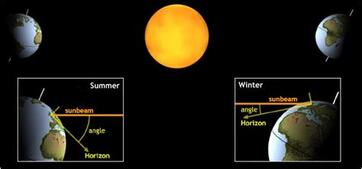
Of course there is a reason for why these seasons change. It takes Earth approximately 365.242189 days to go around the sun. The Earth rotates on its axis (the center line around which we spin) at about 23.5 degrees of tilt from the Sun, which gives us our seasons- when the northern hemisphere is tilted away from the Sun our Winters, and on the opposite side of the orbit our Summers, when the northern hemisphere is tilted toward the Sun. But our orbit is not a perfect circle, but rather an ellipse (more like an oval)- which takes us further and then closer to the sun at various times. Ever since humans have tried to measure the passage of annual seasons, these variables have confounded accuracy.
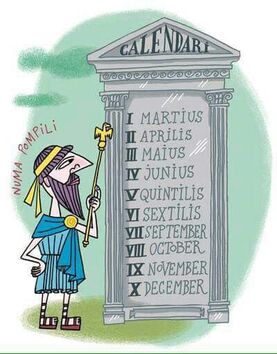
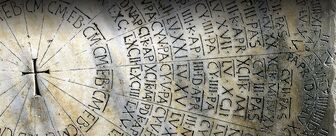
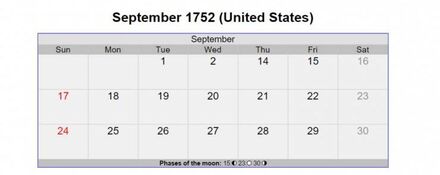
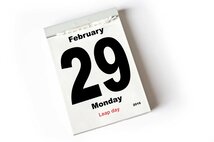
And of course the Earth’s orbit around the sun is elliptical. As the seasons follow a precise 90 degree angle to the sun, the Earth sometimes needs a little more time to reach this point. (Please bear with me here.) Now it really gets complicated and it is a kind of a numbers game.
In order for Earth to reach the 90 degree mark in the northern hemisphere, it needs in
Winter: 88.99 days
Spring: 92.76 days
Summer: 93.65 days
Autumn: 89.84 days.
As you see, the warmer season is 7.573 days longer than the colder season.
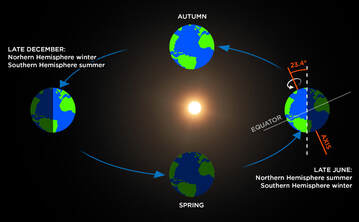
Whew! I’m glad I’m not a rocket scientist! How did we manage to coax a camera into orbit around planets millions of miles away and years later, to thrill us with extraterrestrial landscapes? We should be in awe of our scientists! The first Moon landing was accomplished with less computing power than a smartphone!
In order to make March 19th, 2020, the beginning of Spring, we had to add 5 hours and 49 minutes to our calendar to align 2020 with 2019. Instead of adding only 5 hours and 49 minutes, a whole day was added! Therefore, for the next few years, Spring will begin on March 20 or 21, until the added 5 hours and 49 minutes are used up.

In our post of March 2018 we described the impact the beginning of Spring has in other cultures.
Keep in mind that in the Northeast of the United States, snow storms can surprise you well into April. The legendary blizzard of 1888 took place in the middle of March (see our post of February 2017), but after the beginning of Spring, the tilt of the Earth helps us to get over snow faster. The days are longer and the sun is stronger, melting the snow away.
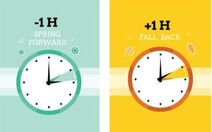

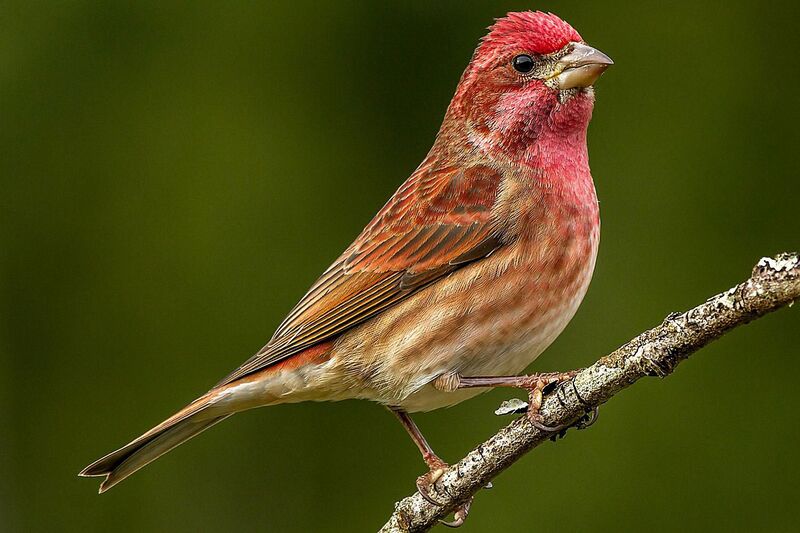
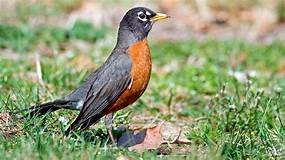
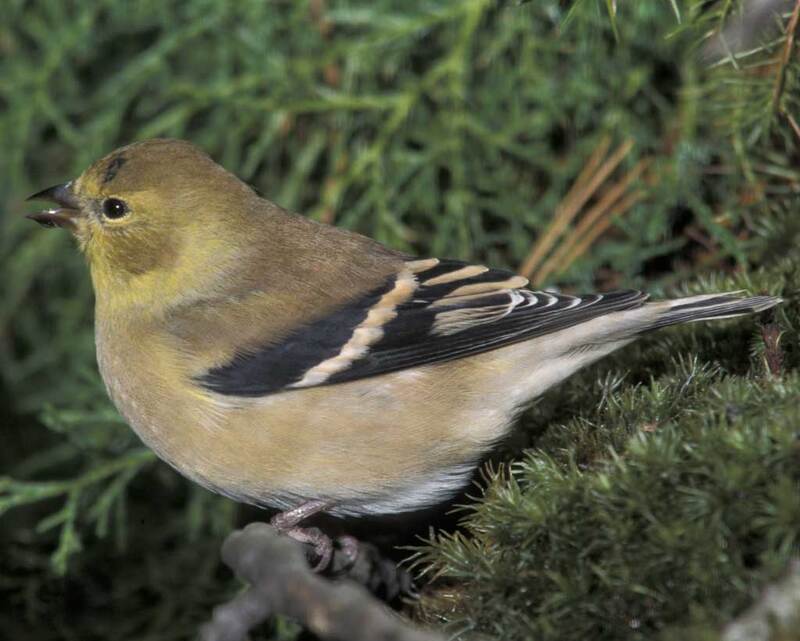

 RSS Feed
RSS Feed